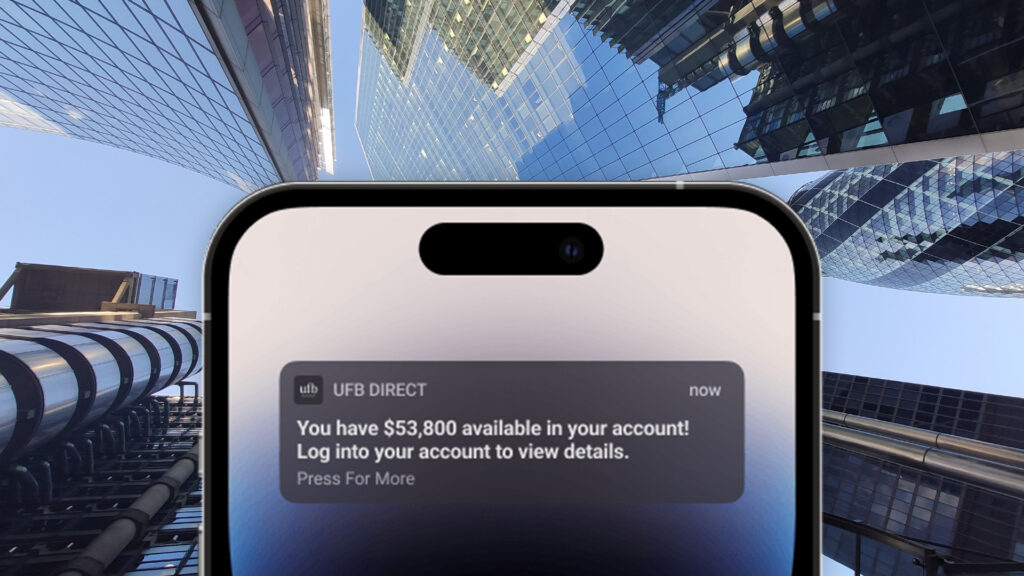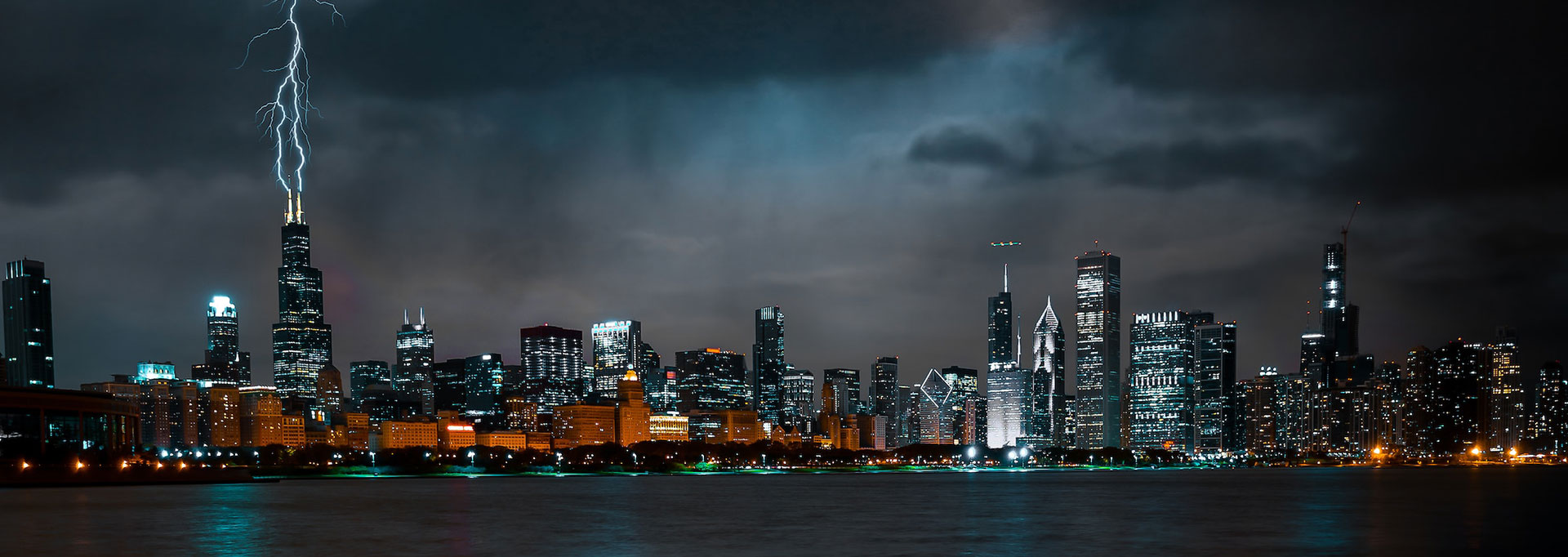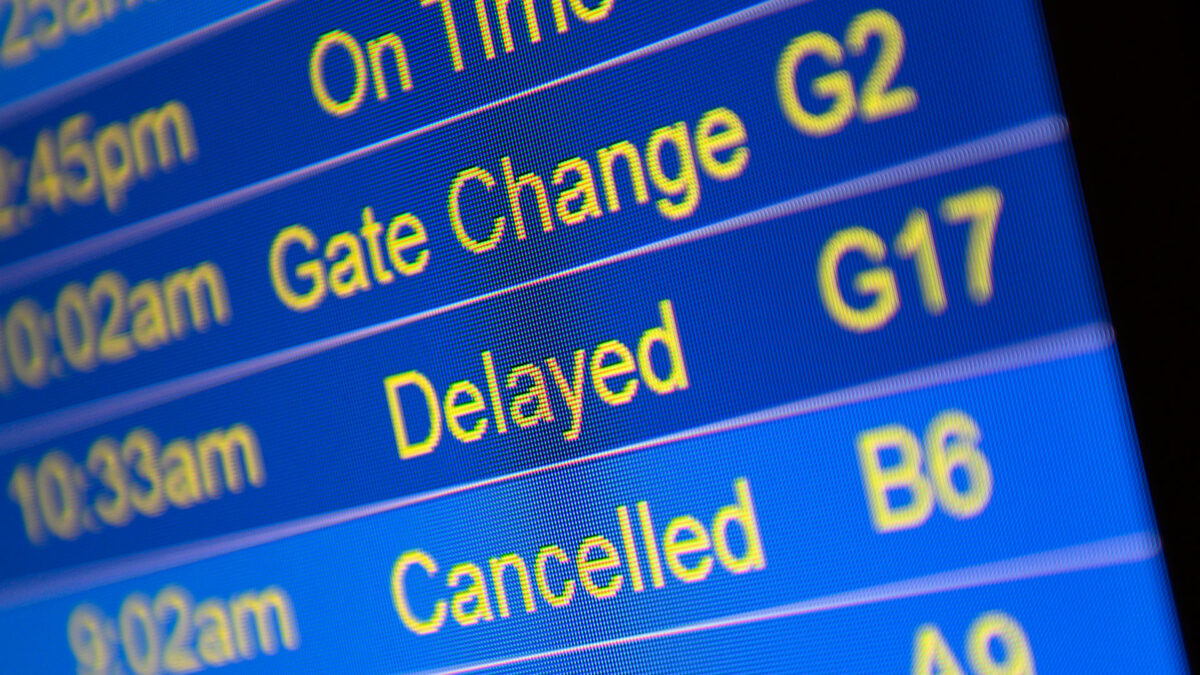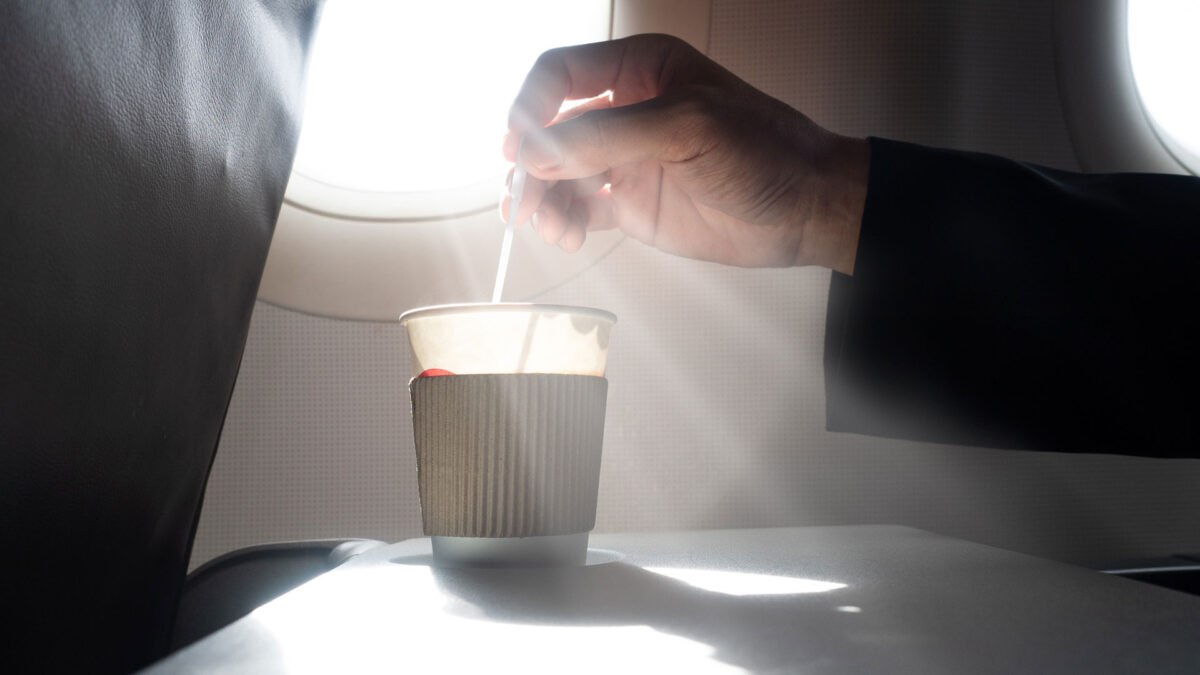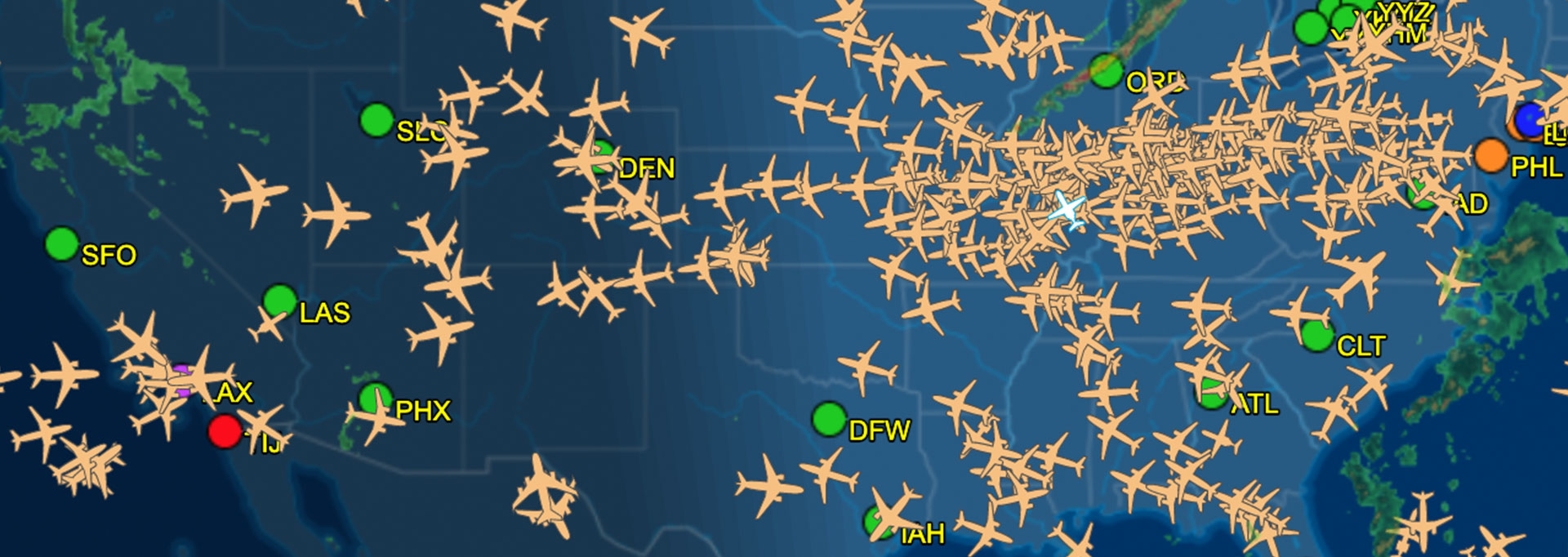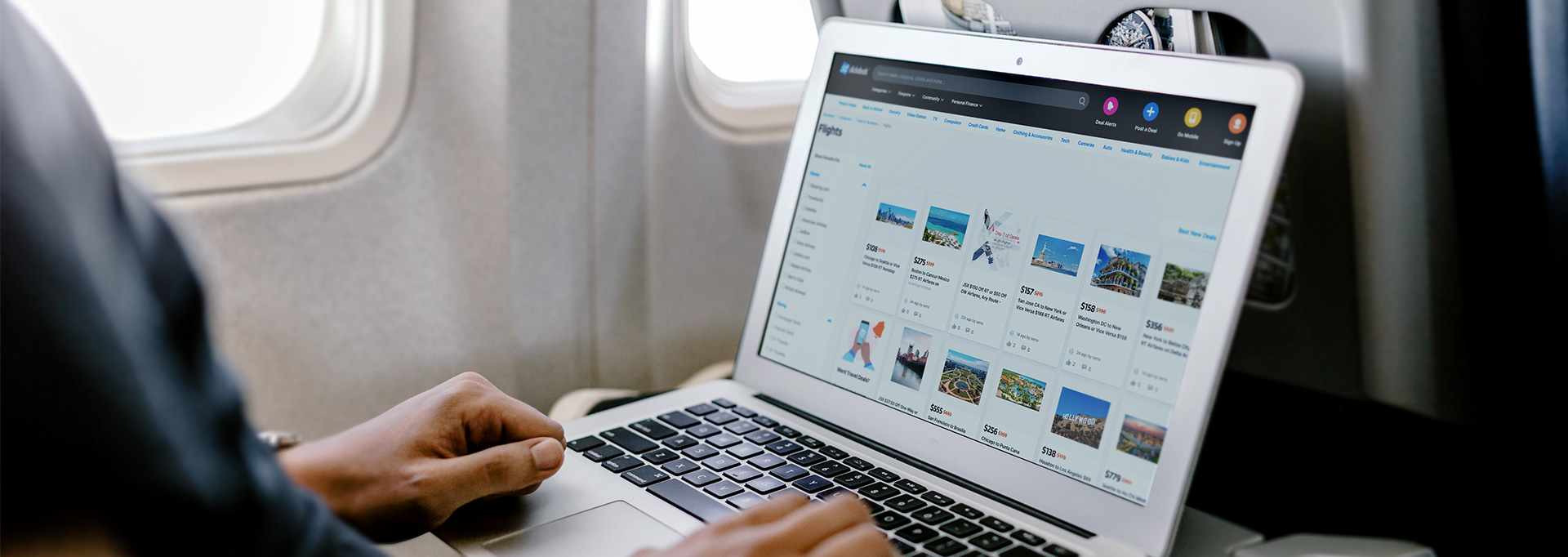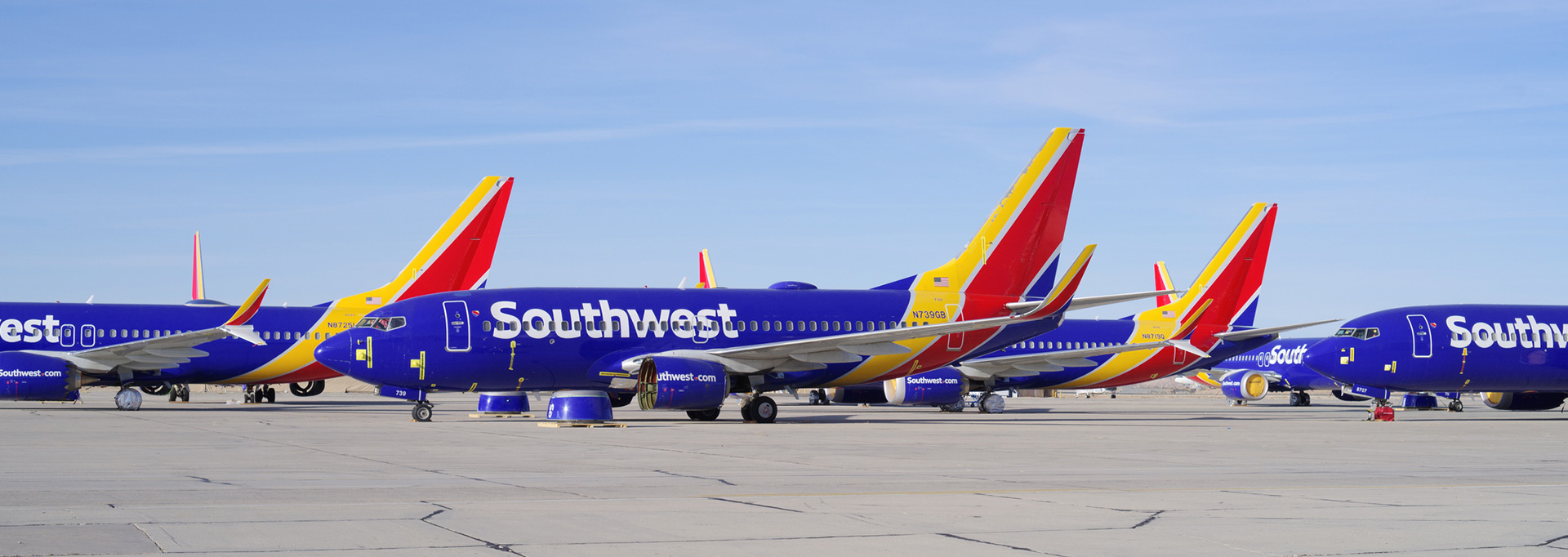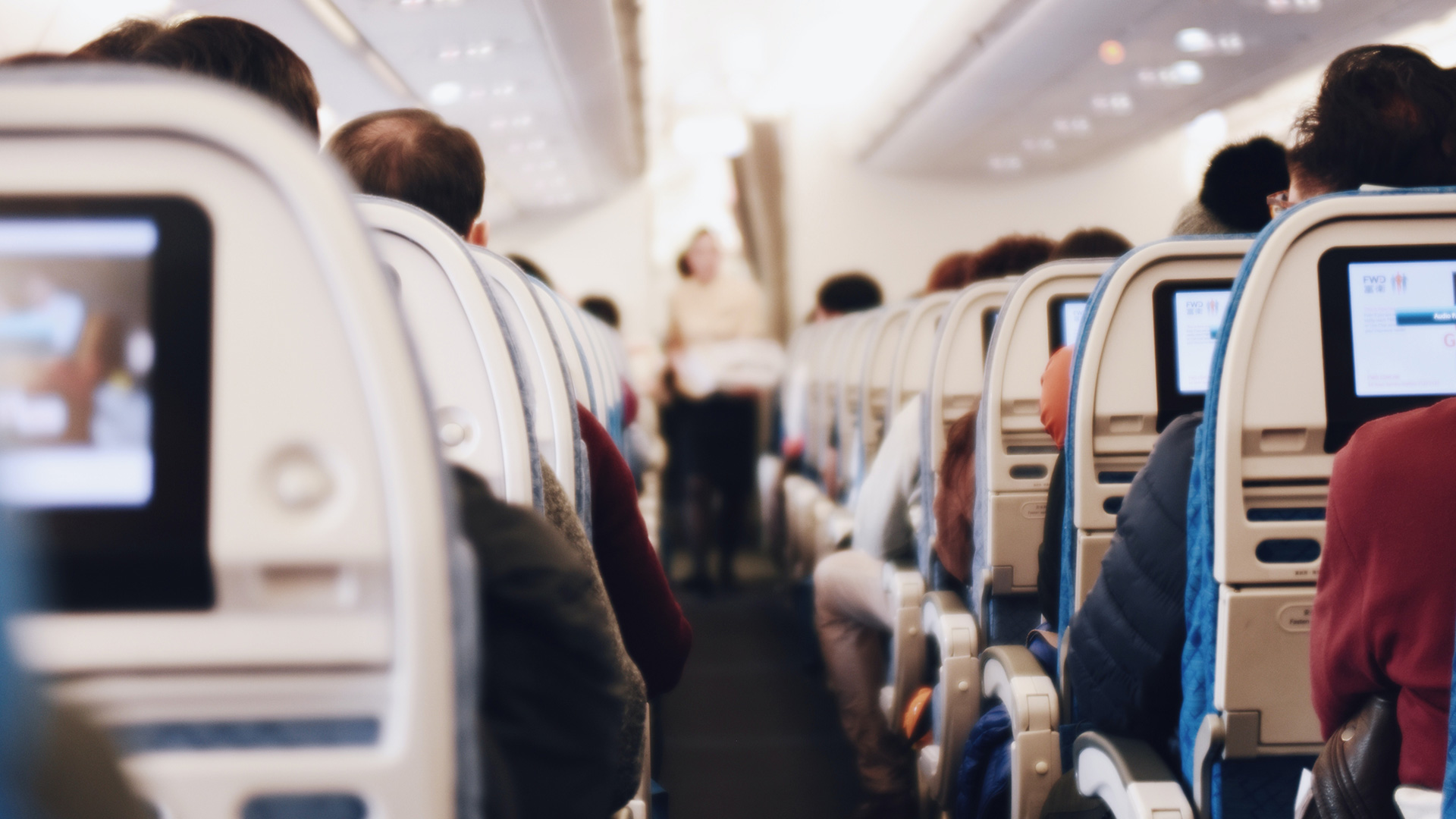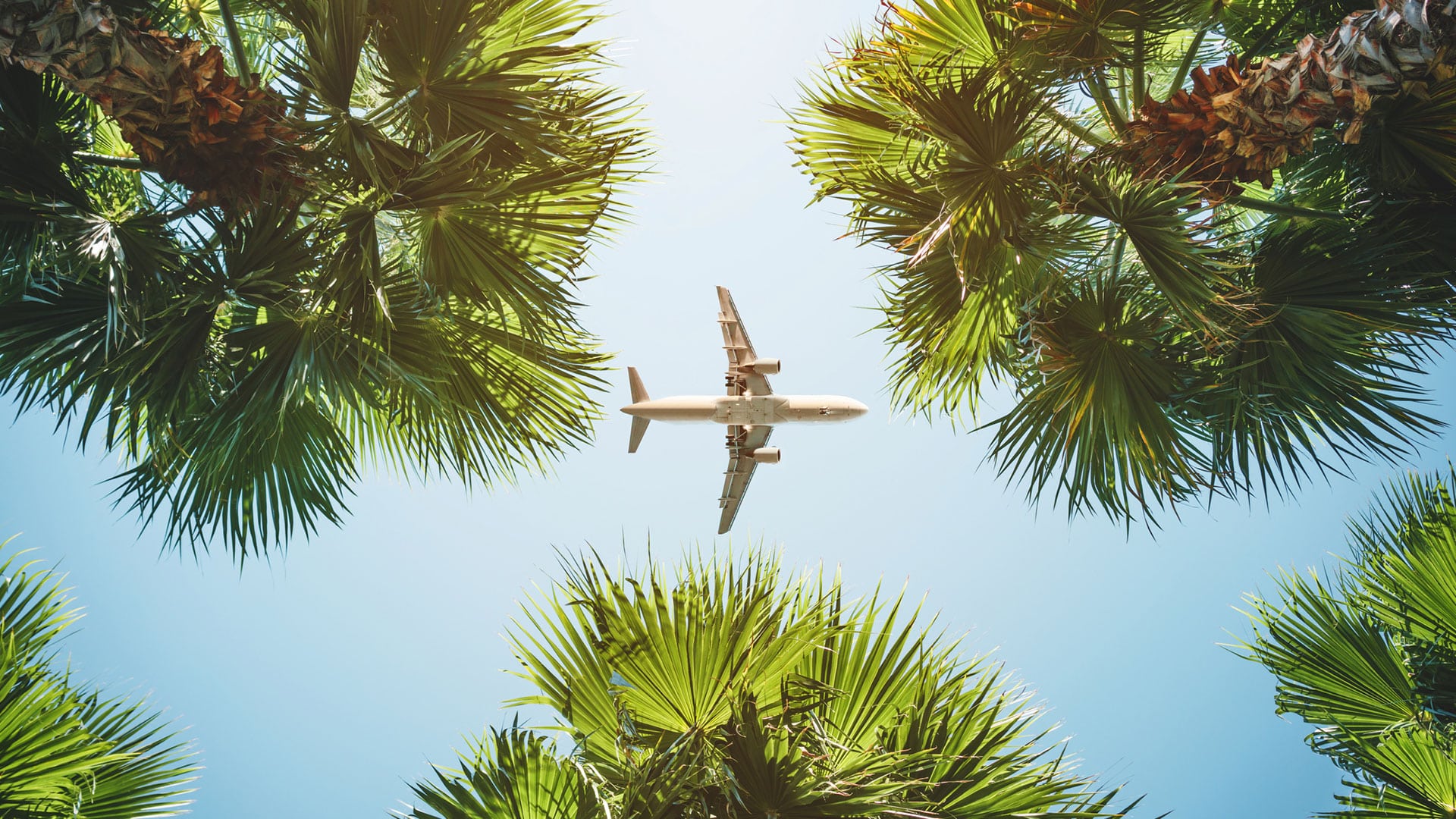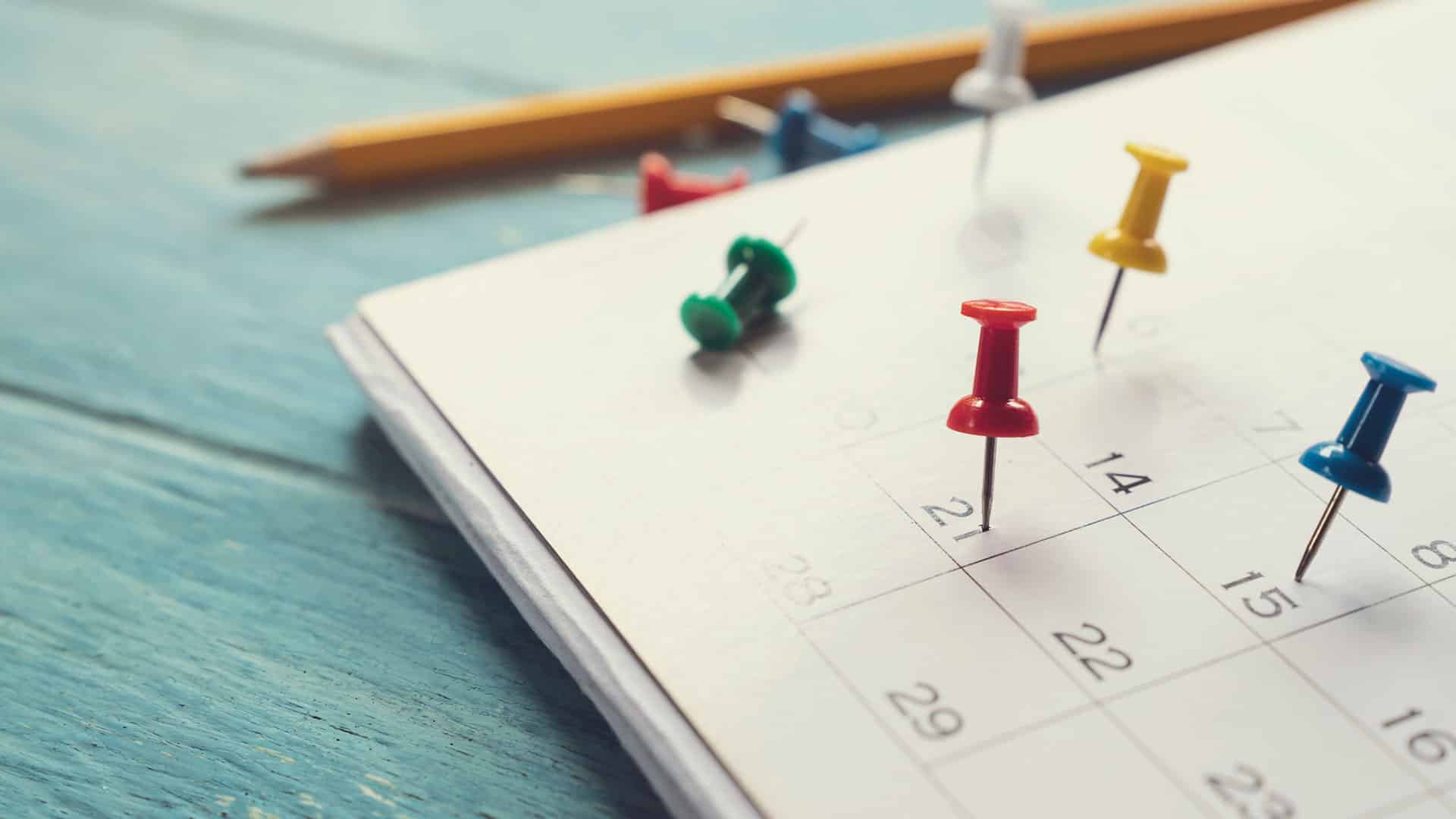Most products on this page are from partners who may compensate us. This may influence which products we write about and where and how they appear on the page. However, opinions expressed here are the author's alone, not those of any bank, credit card issuer, airline or hotel chain.
So far, it’s been a summer of re
Thankfully, there are some tricks available to help maximize your chances of arriving at your destination sometime around when you planned to be there.
COVID’s One Good Change: No Airline Cancellation or Change Fees
Perhaps the only good tr
While just a few years ago, you might have been charged as m
That’s great, but what does this have to do with stormy summer weather? Where this comes into play is that you now have the opportunity to bo
Here’s an example of how I recently used this strategy.
This spring, I was scheduled to attend a travel awards banquet near Dulles International Airport in Washington, DC, but due to schedule constraints, I was unable to fly there from Atlanta until shortly before the event. That meant that any delay would cause me to miss the entire reason for my trip. To maximize my chance of arriving at the event on time, I decided to book two separate flights from Atlanta to Dulles, one on United and one on Delta.
And because I used my frequent flier miles for both flights, I was fr
This strategy works best when you use frequent flier miles to pay for your flights, but it can even make sense sometimes when you pay for your tickets with cash. That's because
However, these polic
Other Strategies To Help You Get Where You’re Going
Beyond the newly available strategy of booking backup flights, there are a few other time-tested techniques that you can use to minimize your chances of a flight
Book an Early Flight
First, try to book flights earlier in
Get a Non-Stop Flight
When possible, always try to b
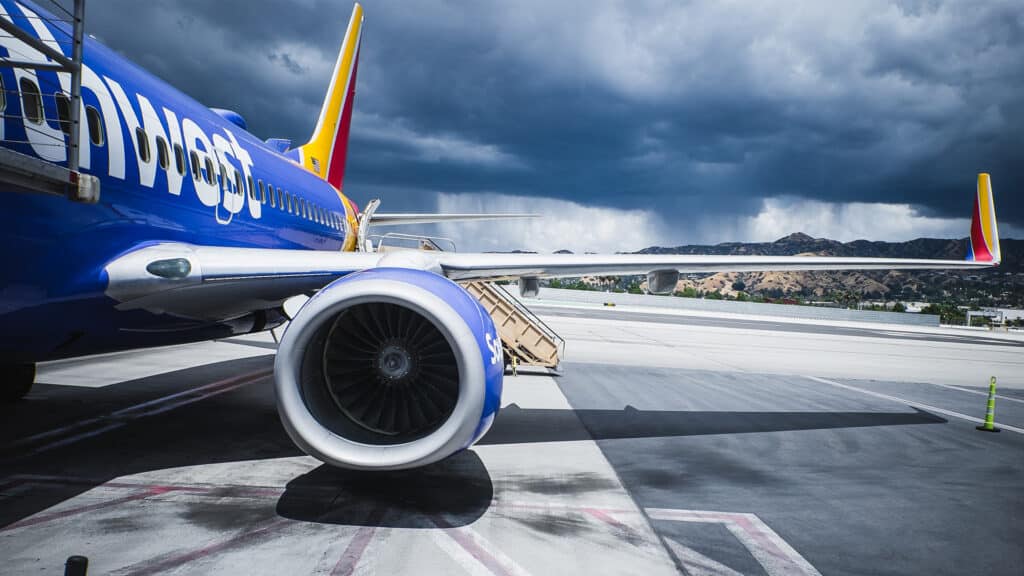
Southwest Rapid Rewards Program Review: Big Value on a Budget
Be Proactive in Finding an Alternate Flight
When your flight is delayed, do
When you’re not automatically rebooked on an acceptable new flight, immediately d
But even when you’ve found a suitable alternative flight, the greater challenge can be actually reaching a hum
Rather than wait for either, you need to think a little outside the box. First, visit an airline lounge, if you have access, as I
Another strategy is to try se
And When Nothing Works
Sometimes, you try every trick in the book, and you still can’t get a flight. This can happen when the weather is terrible, and all remaining flights are full. When this happens, see what the
This is when you can fall back on your credit ca
Best Travel Credit Cards
Visit the Marketplace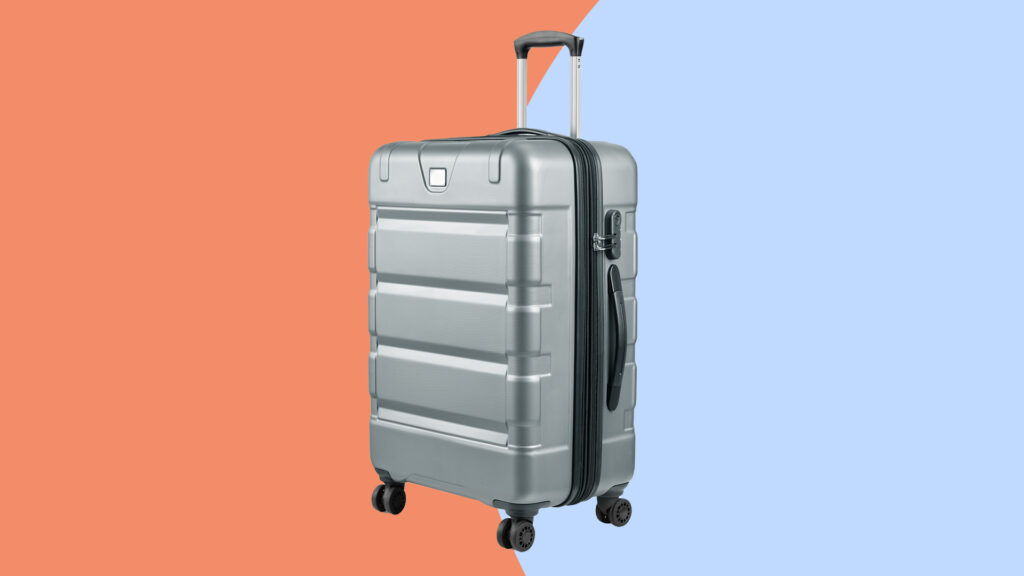
Bottom Line
When you travel by air, there’s never a guarantee that your flight will depart or arrive on time. But by taking every possible measure to minimize your chances of delay, you can avoid being like one of tho

